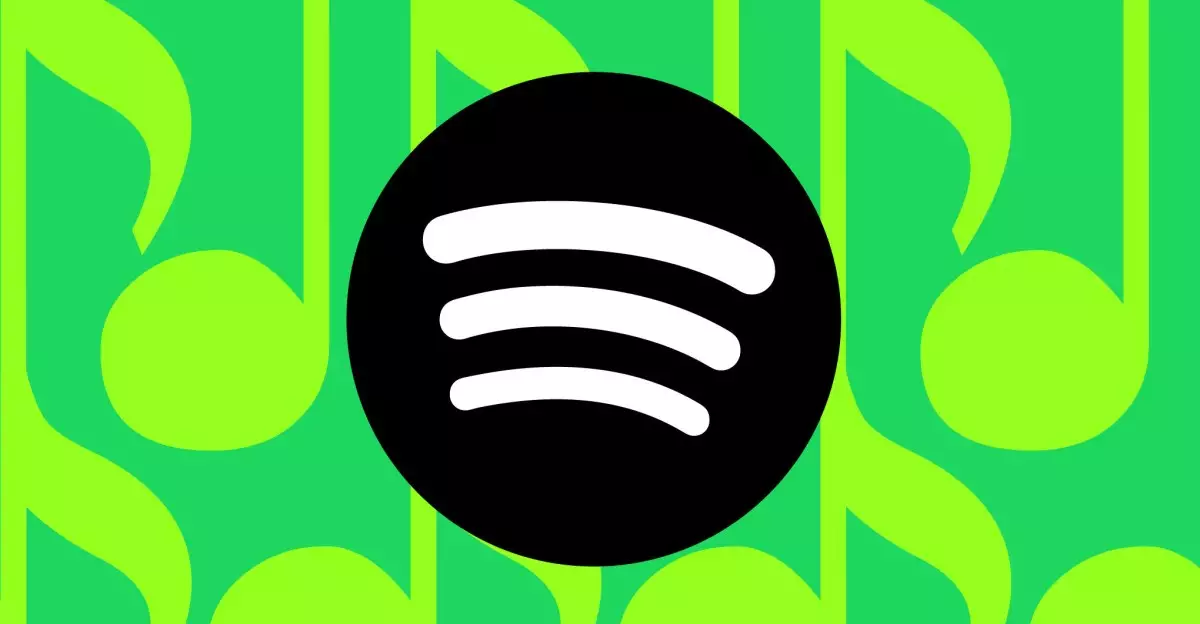Spotify has been through a tangled web of delays and strategic pivots as it prepares to introduce its Music Pro add-on. Much has been said about the service’s upcoming features, including the elusive HiFi audio, but the question remains: how will this new offering truly impact the streaming landscape when it finally arrives in 2025? This article dives into the backstory surrounding Spotify’s long road to the Music Pro launch and reflects on what that means for users and competitors alike.
A Protracted Journey in Streaming Innovation
When Spotify first announced its HiFi audio feature back in February 2021, anticipation surged among consumers. The promise of lossless music streaming was revolutionary and positioned Spotify to compete squarely against rivals like Apple Music and Amazon, both of which directly responded to the rising demand for high-quality audio without an additional fee. However, as the years progressed without any meaningful updates, Spotify’s HiFi initiative faded into the background, quietly overshadowed by the more robust offerings of its competitors.
In an industry defined by rapid technological advancements, the multiple-year delay represented a significant misstep on Spotify’s part. Commitment to innovation is paramount; when a leading platform like Spotify stumbles in delivering promised features, it risks losing market relevance. Apple Music successfully rolled out lossless and high-resolution audio soon after, making Spotify’s prolonged silence seem even more egregious.
The Struggle of Rights and Revenue
Numerous factors contributed to the delay of Spotify’s HiFi feature, but rights management served as a primary bottleneck. Influential reports have indicated that Spotify lacked necessary licensing agreements with major labels, a quagmire complicating their path to delivering improved audio quality. However, while navigating these intricate legal waters may have posed challenges, a deeper examination suggests that Spotify recognized a more complex issue involving consumer perceptions and willingness to pay for premium audiophilia.
It’s essential to acknowledge that many listeners cannot discern significant differences between lossy formats and lossless audio unless they possess the right equipment. Research has shown that a considerable percentage of consumers utilize standard headphones or speakers, leading to questions about whether a premium-priced audio option would be well-received. Thus, Spotify seemingly pivoted from focusing solely on audio quality to assessing a broader range of features that would justify an increased subscription cost.
In response to the inaction surrounding its HiFi feature, Spotify is now rebranding its ambitions under the Music Pro umbrella, signaling a strategic realignment. While HiFi audio has not been entirely discarded, Music Pro aims to expand the notion of what an elite subscription could offer. Previous reports hint at a diverse array of features, such as early access to concert tickets, enhanced sharing abilities, and even DJ remixing tools. This expansive vision seems to align more realistically with users’ desires, generating excitement around potential new functionalities that extend beyond mere audio quality.
Another rumored feature is the optimization of audio for specific devices, enhancing the user’s listening experience based on their equipment. Moreover, Spotify’s user surveys, which have explored various functionalities, reveal an openness to incorporating unique features like karaoke and social sharing tools. With hints that Music Pro will be updated progressively over time, Spotify is attempting to create an evolving product rather than a stagnant offering.
CEO Daniel Ek’s commitment to revitalizing Spotify’s music interface stores user excitement, but discernible skepticism lingers. In the face of an already competitive market, will the additional $5-$6 for a Music Pro subscription truly attract consumers? For some, the value proposition will depend largely on how well the features evolve and integrate into the existing Spotify experience.
For many consumers, especially those who have already switched to streamlined alternatives like Apple Music, the challenge is steep. While existing users may share enthusiasm, the likelihood of switching back hinges heavily on perceived value and app performance. As the 2025 launch nears, Spotify must strike a balance between innovation and user satisfaction to reclaim its status as the go-to streaming platform.
Ultimately, the anticipation surrounding Music Pro encapsulates the ongoing challenges faced within the competitive streaming landscape. For Spotify, success will hinge not solely on high-quality sound but on a comprehensive service that aligns with users’ ever-changing preferences and behaviors. As we approach the rollout, all eyes will be on whether Spotify can deliver a game-changing experience that resonates with its audience.

